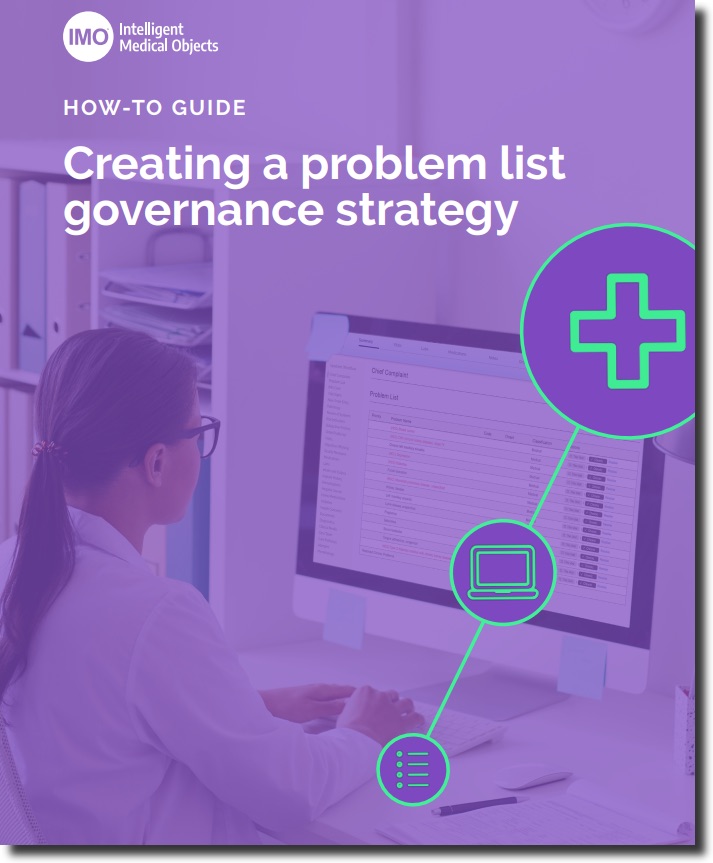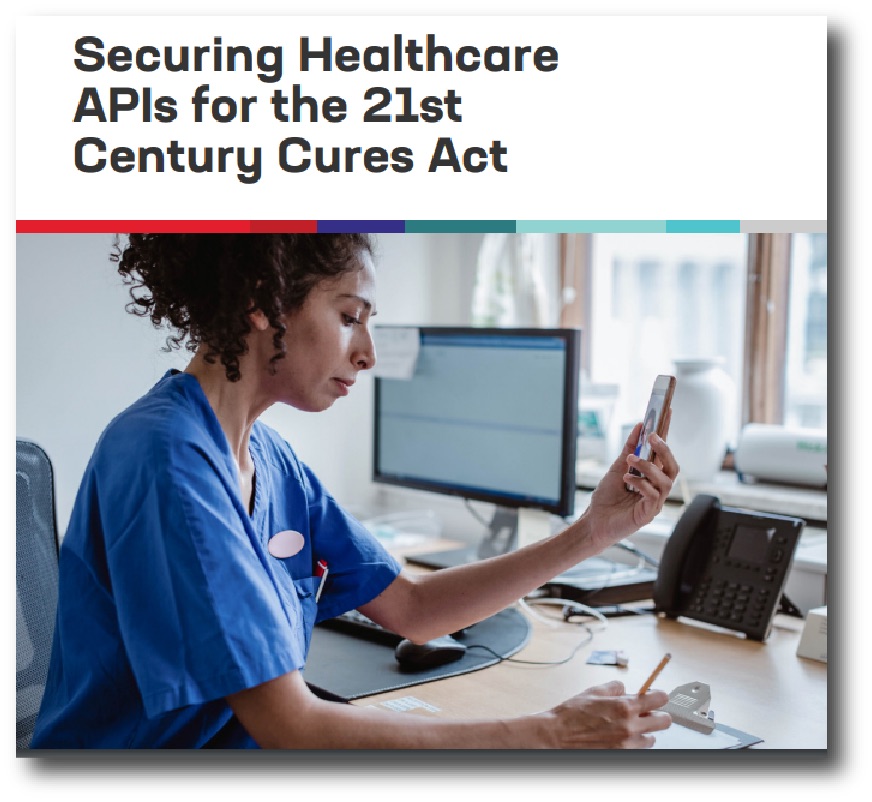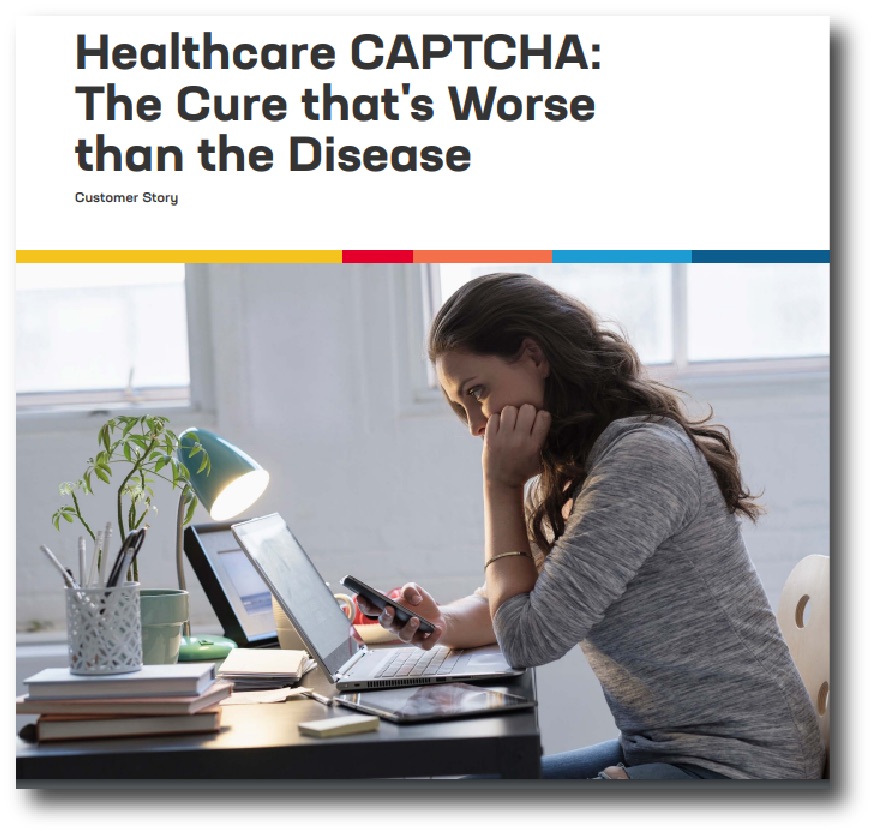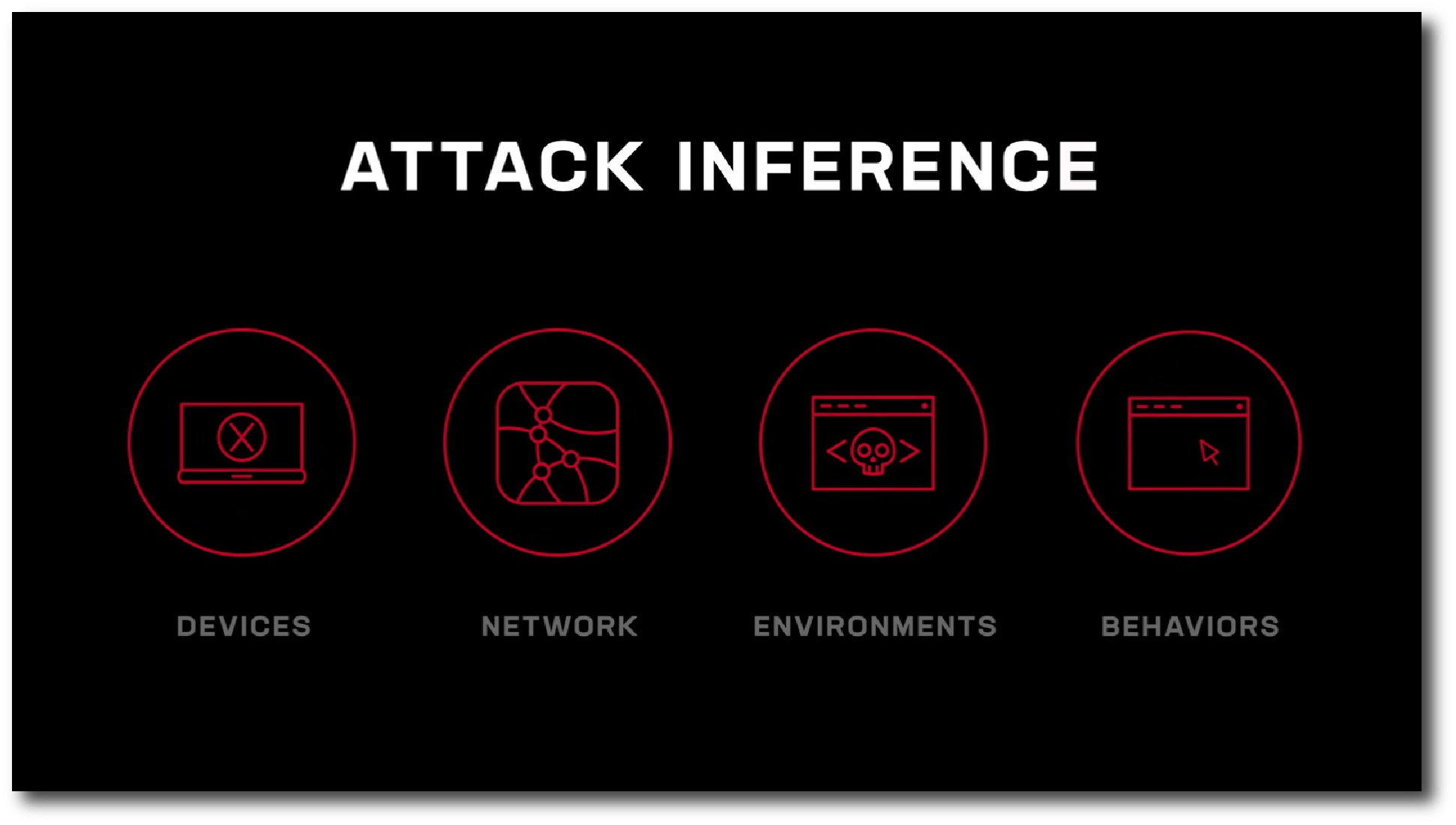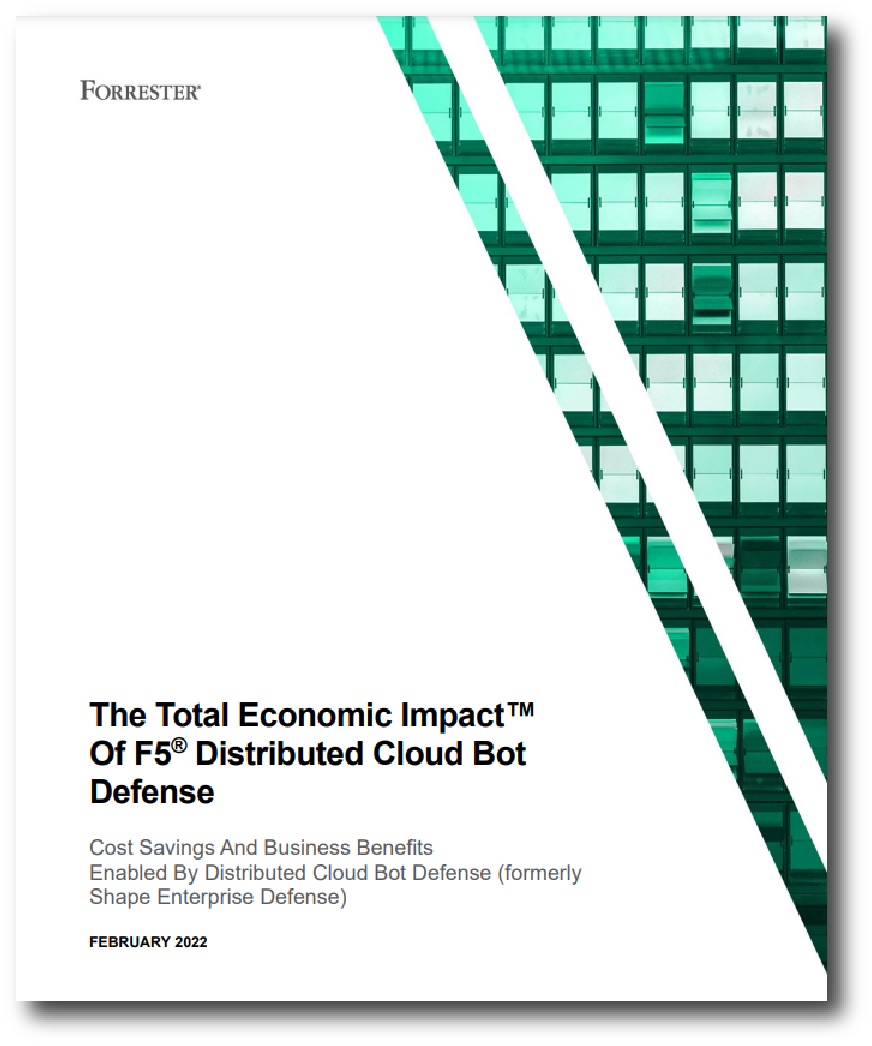Privacy & Security
As an industry we've bought into the idea for too long that we can simply buy some cybersecurity tools and be safe.
SPONSORED
Having a proactive, comprehensive disaster resiliency plan that identifies, protects against and detects threats can avoid or minimize the impacts of disasters of all sizes.
Many EHR problem lists have duplicate entries, outdated diagnoses and other information unrelated to a patient’s present condition, leading to confusion and frustration for clinicians.
Healthcare organizations are facing a crucial deadline to address network and API security requirements tied to the 21st Century Cures Act. Healthcare providers and payers must give patients easier access to their health data and put security in place to guard that data – or face noncompliance penalties.
Healthcare organizations are profitable targets for cybercriminals because of the vast amounts of personal health information (PHI) they store for members. The challenge lies in balancing the need for improving patients’ digital experiences with the importance of having appropriate security measures in place to prevent healthcare fraud and identity theft.
A large health insurance company introduced an innovative Health Rewards program that gamified good health behavior with reward points for gift cards. Unfortunately, the CAPTCHAs added to the site’s login page were no match for automated credential-stuffing cyberattacks that breached thousands of customer accounts and fraudulently redeemed reward points in a gift-card cracking attack.
Credential stuffing, or using stolen username and password pairs to gain access to user accounts, can lead to data breaches, account takeover and expensive fraud.
F5 Distributed Cloud Bot Defense provides near real-time monitoring and intelligence that protects firms from both human and bot-driven fraud before they can impact their businesses, all without disrupting the customer experience.
Silos within organizations are a criminal’s best friend. Malicious actors continue to exploit the walls that often separate organizations’ fraud and cybersecurity units.
With the expansion of digital healthcare come more accounts, logins, and data in an ever-larger cyberthreat landscape with more potential security breaches leading to fraud.



